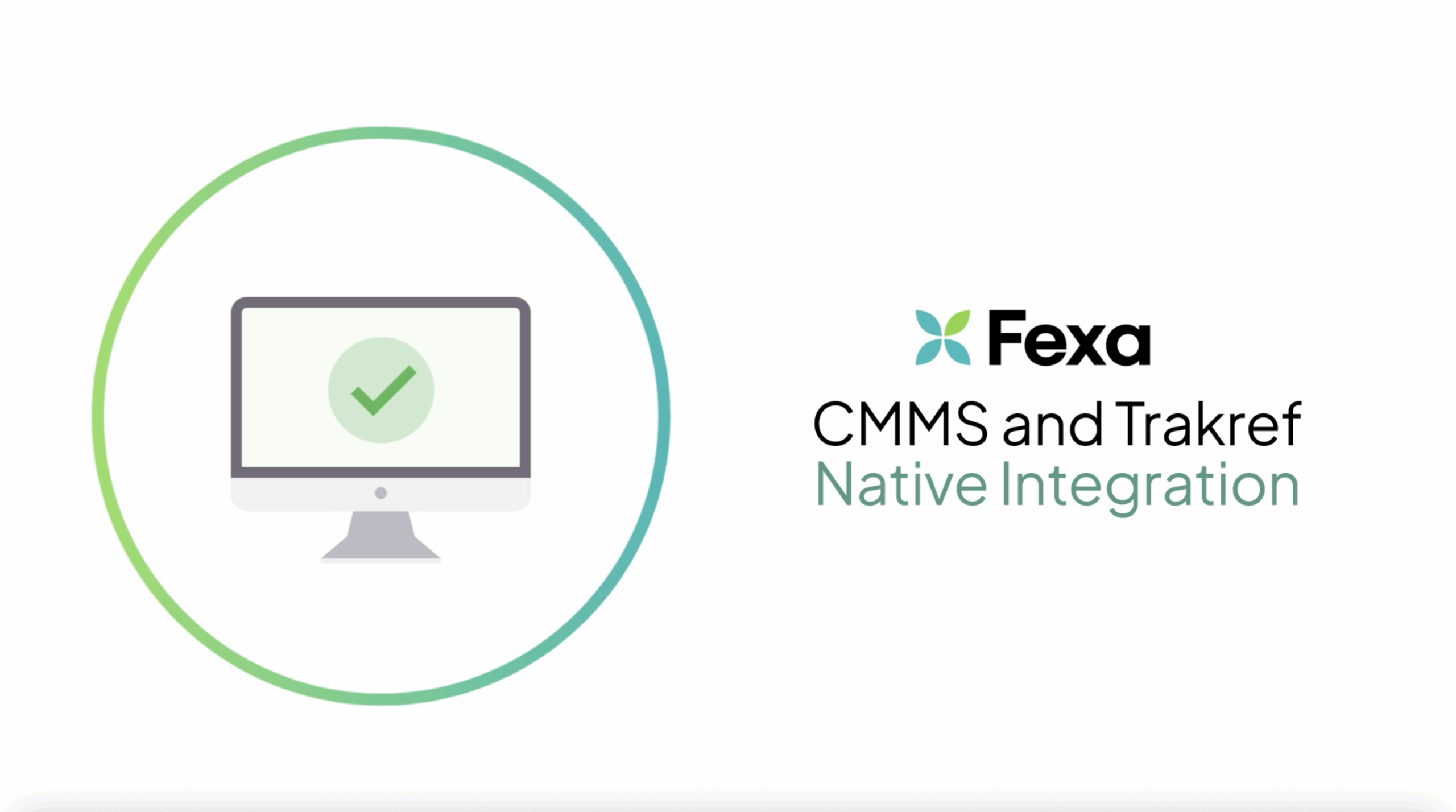
CMMS
Food Service Facilities: The Critical Metrics Your CMMS Should Be Tracking

Managing restaurant facilities means protecting multiple things at once: food safety, guest experience, and your bottom line.
A single refrigeration failure can spoil thousands of dollars in inventory within hours. Delayed health inspections can trigger violations that close locations. Equipment downtime disrupts service and damages your brand reputation. These are some of the reasons why facilities management looks different in the food service industry.
Restaurant facilities management demands more than reactive maintenance responses. It requires data-driven strategies built on the right CMMS KPIs. When you understand what metrics should your CMMS be tracking, you can transform operations from crisis management into strategic advantage. Organizations implementing data-driven facility management software achieve up to 250% ROI within their first year (Project Knowledge).
For facilities leaders managing multi-site operations, the Guide to EPA AIM Act provides essential context for refrigerant compliance requirements that affect virtually every restaurant chain operating HVAC and refrigeration equipment.
If you’re a retail facilities leader, check out our guide to retail CMMS KPIs.
What CMMS metrics should restaurants prioritize? Why are they critical?
Restaurant data differs fundamentally from other facility types. Why? Because equipment failures in the food service world carry immediate health and safety consequences.
Consider what happens when a walk-in cooler fails overnight: spoiled inventory, potential foodborne illness risks, lost revenue, and possible health department violations all cascade from that single equipment failure.
The most critical CMMS metrics for restaurants include:
- Refrigeration uptime
- Leak rates for refrigeration systems
- EPA mandate compliance
- Maintenance cost trends
- Work order resolution times
These critical metrics inform you of current issues in your facilities, but they can also warn you about issues that may arise soon. For example, a trending increase in maintenance costs affects more than just your current quarterly budget. It also indicates the possibility that you will need to replace a major appliance or system in the near future. Tracking these metrics means that you no longer have to trust your gut on decisions like whether to repair or replace a major asset.
Similarly, changes in the EPA’s reporting requirements for refrigerant usage are critical; you need to know exactly how much refrigerant is being used in your entire opertation and repot it accordingly. If not, you face serious compliance-related fines and penalties.
Which KPIs protect compliance and prevent costly violations?
Let’s talk more about those compliance issues, as food service compliance extends far beyond basic building codes.
You have to consider:
- Health department inspections
- Refrigerant management
- Food safety protocols
All of these issues create compliance obligations, which your CMMS KPIs can help you monitor.
Sanitation-Related Work Orders
Sanitation-related work orders provide early warning signals about locations that may struggle during health inspections. When you track pest control service requests, drainage issues, and cleaning-related repairs, patterns emerge that identify high-risk locations–before inspectors arrive.
As anyone working in the restaurant industry can attest, it’s always better to recognize these issues yourself instead of being surprised during an inspection.
Refrigerant Tracking Data
Refrigerant tracking data has become non-negotiable for restaurant facilities management. The Fexa Guide to Refrigerant Management, Reporting, Tracking explains how facilities must maintain detailed logs of refrigerant usage, leak repairs, and disposal records.
These records must remain audit-ready at all times, and your CMMS should be your best resource for to-the-minute data.
Equipment Inspection Metrics
Equipment inspection completion rates demonstrate whether preventive maintenance actually happens consistently across your portfolio.Missed inspections create gaps in compliance documentation and increase the likelihood of unexpected failures. For refrigeration systems requiring monthly inspections under AIM Act regulations, tracking completion rates prevents unintentional lapses in compliance.
Faith Espinoza, Facilities Director for Industrious, describes how restaurant data visibility transforms decision-making: “It’s about visibility—having more of it. I’m able to carve up the data the way I need to see it. I love that Fexa has customizable features. What works for me may not work for another provider. So having that ability to manipulate the data how I need it is huge.”
How does proactive data tracking reduce food waste and downtime?
The importance of health and HVAC/R compliance is paramount, but it’s also important to pay attention to the metrics that can keep your spending as low as possible. The facilities department is known for being a significant cost generator, but smart data tracking can help you avoid unnecessary spending from things like food waste and poor customer experience.
Two of the biggest unnecessary expenditures are food waste and equipment downtime. Data tracking can reduce both.
First, predictive maintenance transforms restaurant facilities management from reactive firefighting into strategic asset management. When you use historical CMMS KPIs to forecast equipment failures, you schedule repairs during off-hours rather than during peak service times.
Next, refrigeration systems benefit enormously from predictive approaches. Temperature fluctuations, compressor runtime data, and energy consumption patterns all signal impending failures before they occur. Catching these warning signs prevents food spoilage events that can cost tens of thousands of dollars in a single incident.
Finally, lower repair costs follow naturally from predictive maintenance strategies. Emergency service calls during dinner rush command premium pricing from contractors. Planning repairs during scheduled downtime eliminates those premium charges while protecting revenue-generating hours.
All of these things have a direct imapct on customer experience. Facilities professionals are directly responsible for what a shopper or diner experiences in your restaurants, cafeterias, grocery stores, and other food service spaces.
Here’s how:
- A store shutdown because of equipment failure gives customers a negative experience when they have to change plans
- The public backlash that occurs when you have to discard truckloads of spoiled food can be brutal
- Health code violations can cause visitors to never step foot in your restaurant
Get a quick walkthrough of Fexalytics in our Demo Library.
The Data & Analytics capabilities within modern facility management software enable the kind of predictive insights that prevent these costly scenarios. By analyzing patterns across your entire portfolio, you identify systemic issues before they multiply across locations.
How does Fexa CMMS + Trakref help food chains stay compliant and efficient?
Restaurant facilities management requires specialized tools that address the unique compliance and operational demands of food service environments. Having the right software makes all the difference.
The native integration between Fexa CMMS and Fexa Trakref creates seamless refrigerant tracking that eliminates manual data entry and reduces compliance risk. When technicians service refrigeration equipment, refrigerant data flows automatically into compliance reporting systems. This is especially important for multi-site operations.
At the same time, automatic refrigerant tracking ensures every service event captures the data you need for EPA reporting requirements. You no longer rely on contractors to remember paperwork or manually transfer information between systems. Our AIM Act flow chart helps determine which regulations apply to your specific equipment.
Compliance reporting becomes straightforward when restaurant data lives in a single platform. Generate audit-ready documentation on demand rather than scrambling to compile records when inspectors arrive.
Additional benefits:
- Multi-site visibility transforms how you manage distributed restaurant operations. Rather than reviewing location-by-location performance reports, you identify portfolio-wide trends instantly.
- The Business Case for Integrated Facilities and HVAC/R Compliance Management Systems demonstrates how unified platforms reduce administrative overhead while improving compliance outcomes.
- Using Fexa’s analytics helps you understand asset depreciation and financial reporting, so you can make strategic decisions about when to repair vs. replace aging equipment.
When you track the right CMMS KPIs through the right tools, restaurant facilities management shifts from reactive crisis response to strategic operational advantage.



